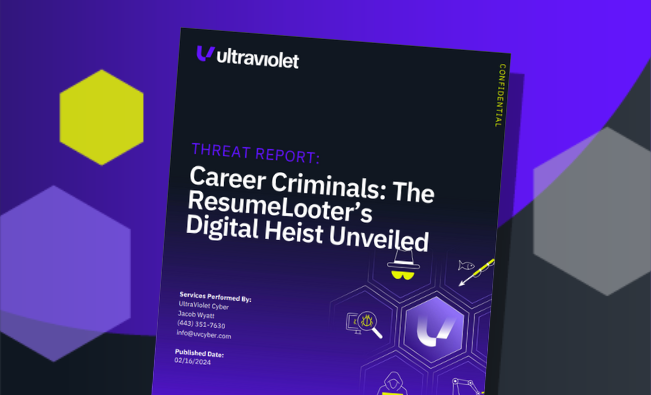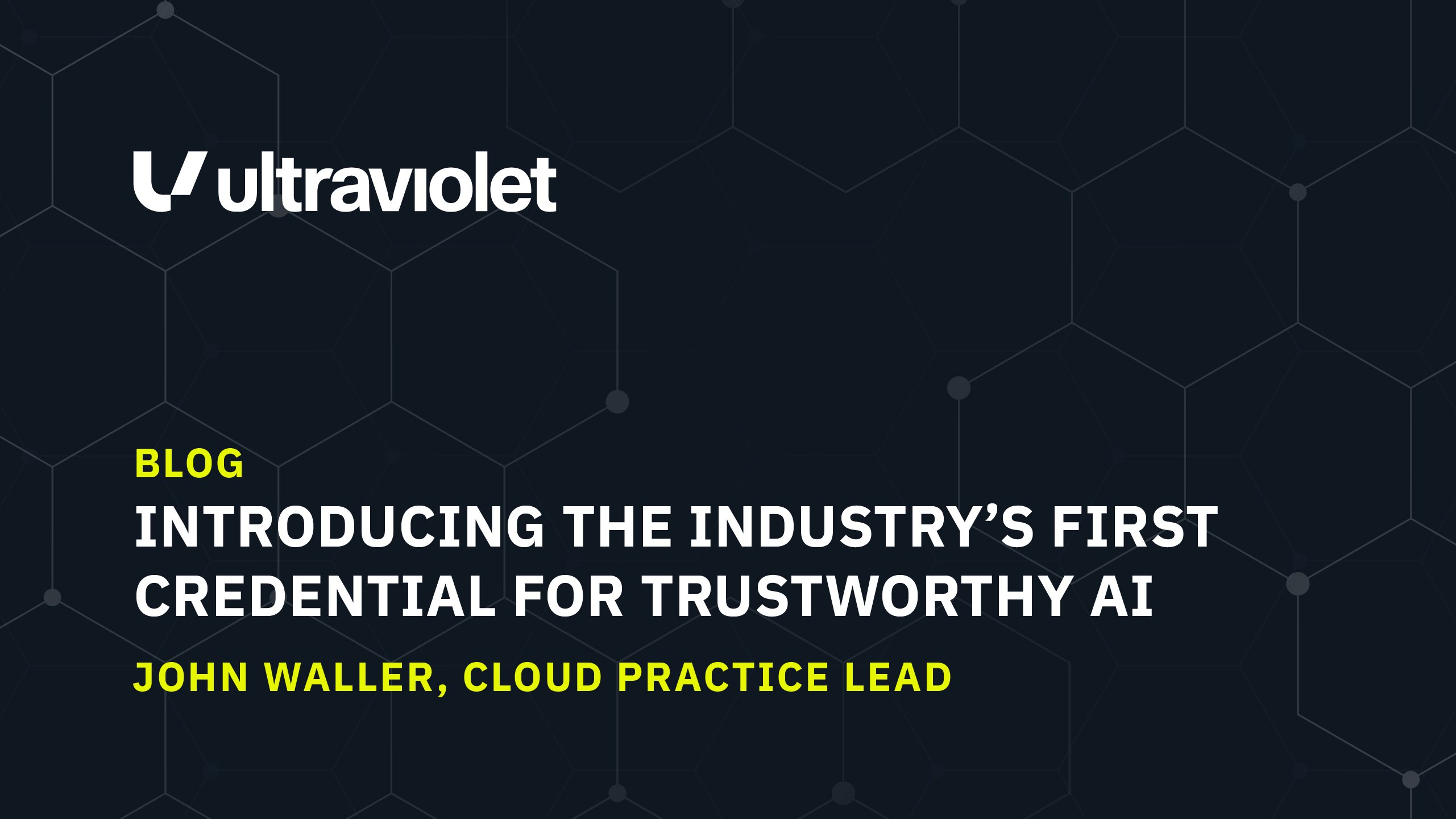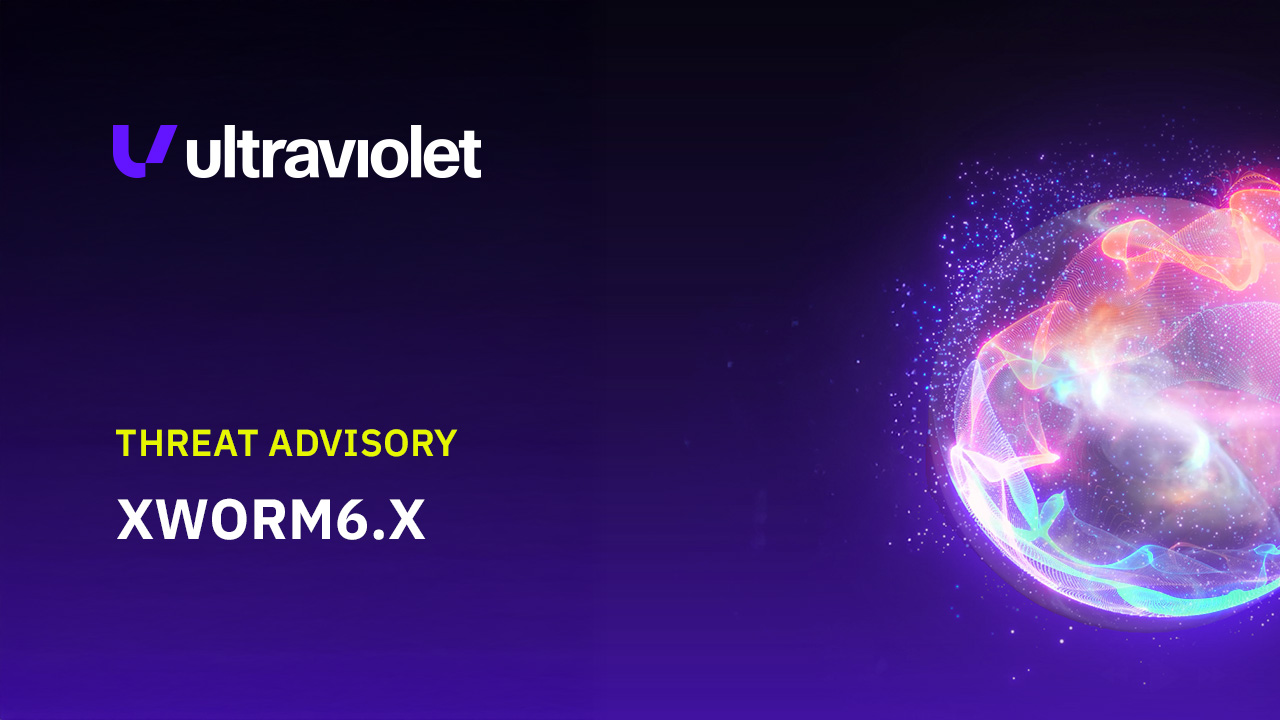
Career Criminals: The ResumeLooter’s Digital Heist Unveiled
ResumeLooters represent a cybercriminal group, utilize a combination of SQL Injection and Cross-Site Scripting (XSS) attacks to compromise websites. These methods allow them to bypass security measures and access databases containing sensitive user information...
 High-Scale SIEM Migration across 70TB/day and 4,000 detections
High-Scale SIEM Migration across 70TB/day and 4,000 detections

 UltraViolet Cyber Acquires Black Duck’s Application Security Testing Services Business
UltraViolet Cyber Acquires Black Duck’s Application Security Testing Services Business UltraViolet Cyber Named to Inc. 5000 List of America’s Fastest-Growing Private Companies in 2025
UltraViolet Cyber Named to Inc. 5000 List of America’s Fastest-Growing Private Companies in 2025
